The University of Minnesota Undergraduate Student Government’s (USG) Environmental Accountability Committee is drafting a letter of support for the Twin Cities Boulevard (TCB) project, a proposal to replace the section of Interstate-94 between downtown Minneapolis and downtown St. Paul with a multimodal boulevard.
The TCB proposal comes in the wake of the Rethinking I-94 project, a long-term effort by the Minnesota Department of Transportation (MnDOT) to improve the corridor, the area of I-94 between Highway 55/Hiawatha Avenue in Minneapolis and Marion Street in St. Paul.
Alex Burns, policy manager at Our Streets Minneapolis (OSM), the non-profit that created the TCB proposal, said for the first time since the highway was built, the community has the opportunity to determine its future.
“We feel strongly that this is a generational opportunity to prepare historic and ongoing harms and to create a better future, especially for the neighborhoods along the corridor,” Burns said.
The TCB proposal has three components:
Replace the highway trench with a multimodal boulevard with clearance for sidewalks, bikeways, transit access, green space and cars.
Place remaining highway land in a community land trust to ensure it is not swept up by private developers.
Implement policies to ensure this project does not drive gentrification or displacement in surrounding neighborhoods.
OSM began organizing their efforts in 2021 by going door-to-door along the corridor, according to Burns. Through these conversations, OSM learned people care strongly about environmental justice, air and noise pollution, climate, better neighborhood connections and improved transportation options.
From there, Burns said OSM worked with an engineering consulting firm to put out a plausible highway conversion proposal that met its goals.
Yasmin Hirsi, OSM advocacy coordinator, said it was important to get University students involved because they are the primary inheritors of the new infrastructure.
“We want this to be shaped by people that are going to be most impacted and that’s going to be students at the U who are very close to the highway,” Hirsi said.
Katerina Trachtova, Environmental Accountability Committee member, said OSM first reached out to Students for Climate Justice at the University, another student group she is involved in.
From there, Trachtova said she brought the proposal to USG’s Environmental Accountability Committee director, Ethan Rubin.
Trachtova said USG considered a letter drafted by members of the Environmental Accountability Committee with consultation from the USG Infrastructure and Diversity, Equity and Inclusion committees to show the best support for the proposal.
“It’s about time that we make that area livable again,” Trachtova said.
After weighing several options, including the possible alternatives MnDot proposed in July, Rubin said the TCB proposal was the most beneficial option he explored.
While other proposals focused on redesigning the existing highway, Trachtova said the TCB proposal examined the Rethinking I-94 project through environmental and social lenses.
Trachtova added the TCB proposal reduces the environmental impact of a highway by providing greater opportunities to expand public transportation and green spaces while also repairing the damage done to the surrounding community.
To make room for the highway, this section of I-94 was constructed in the 1950s and 60s through low-income, predominantly Black and Indigenous communities along the corridor, making for greater access to the cities’ surrounding suburbs, according to Hirsi.
As a result, these more affluent areas continued to thrive and grow, but businesses and housing along the corridor were destroyed by the highway’s construction.
According to the MnDOT website, MnDOT acknowledged the construction of I-94 had severe and prolonged consequences on low-income communities of color along the corridor. MnDOT said their recent efforts in the Rethinking I-94 project centered on comprehending the needs of these communities.
Ricardo Lopez, a MnDOT spokesperson, said though MnDOT was not involved in the TCB proposal, MnDOT’s At-Grade A and At-Grade B alternatives most closely resemble the TCB proposal.
Both the At-Grade A and At-Grade B alternatives involve removing the existing freeway, filling in the corridor and constructing a new at-grade roadway, according to the Rethinking I-94 alternatives webpage.
Burns said this is the most consequential transportation project in Minnesota in our generation, with impacts extending to the next several decades.
The TCB proposal goes far beyond transportation issues, Burns said. I-94’s impacts are intersectional, combining values of public health, economic opportunity, racial justice, climate, access to green space and instillment of community.
Burns added he hopes this proposal will set the precedent for future infrastructure projects to consider how their efforts will impact everyone.
“We have the opportunity to create a project where other cities across the country, having similar conversations about their highways, can point to, and say, ‘We want to model what Minneapolis and St. Paul did with I-94,’” Burns said.










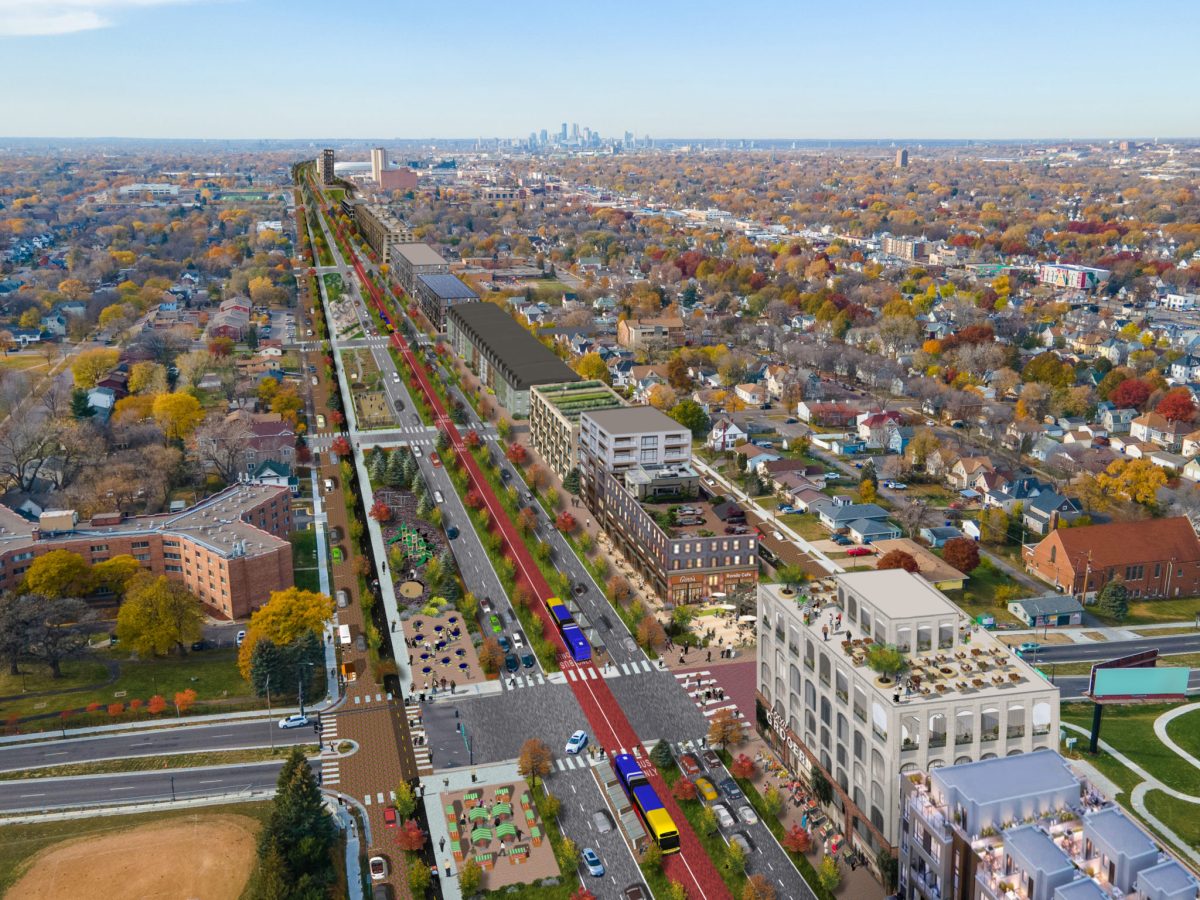
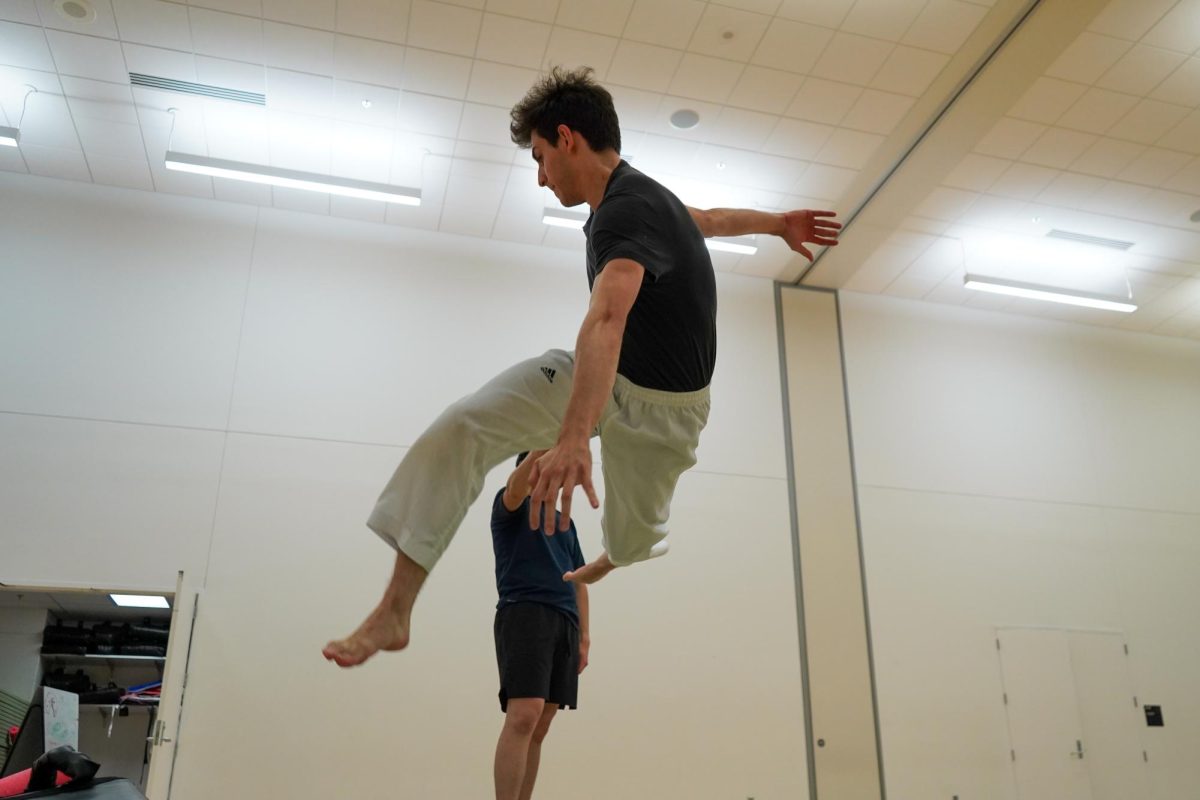
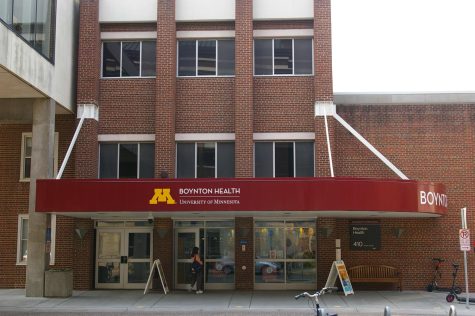
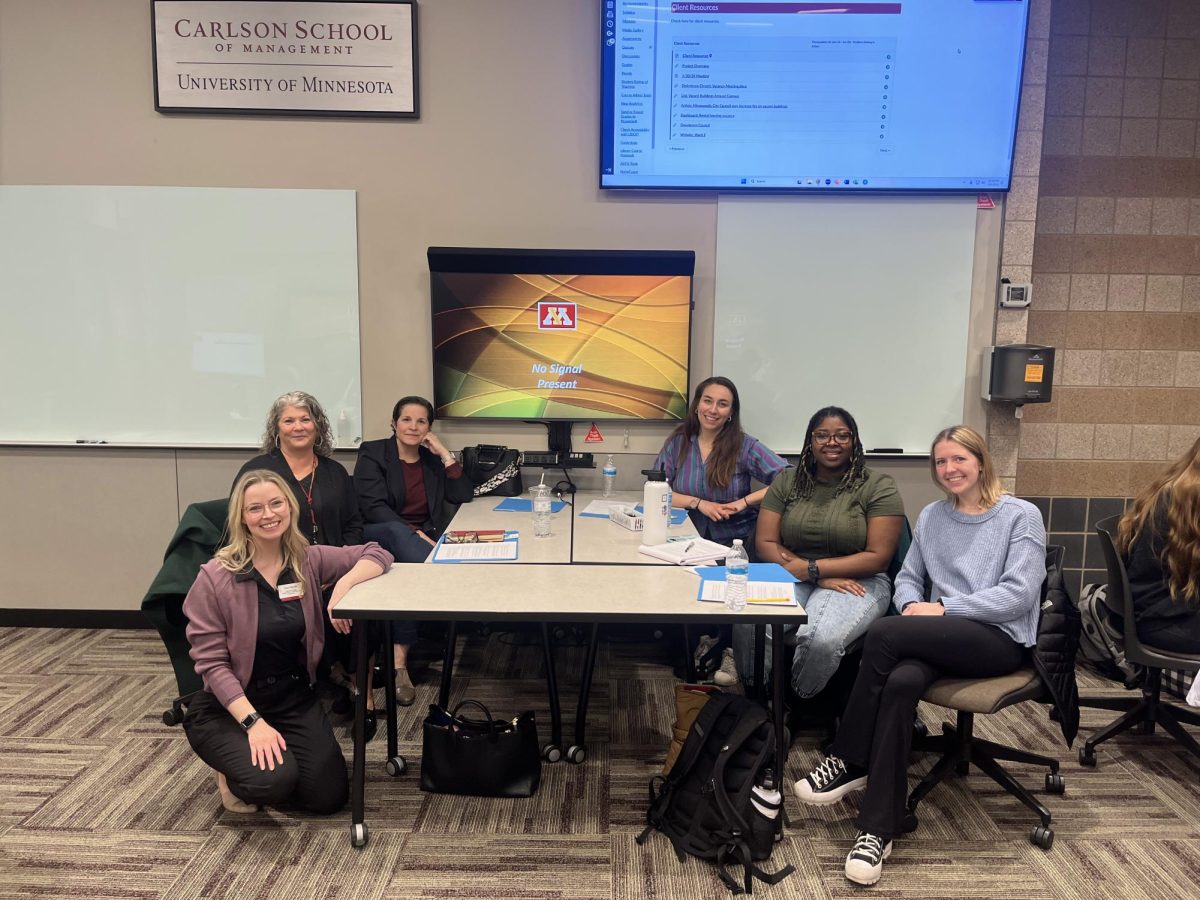
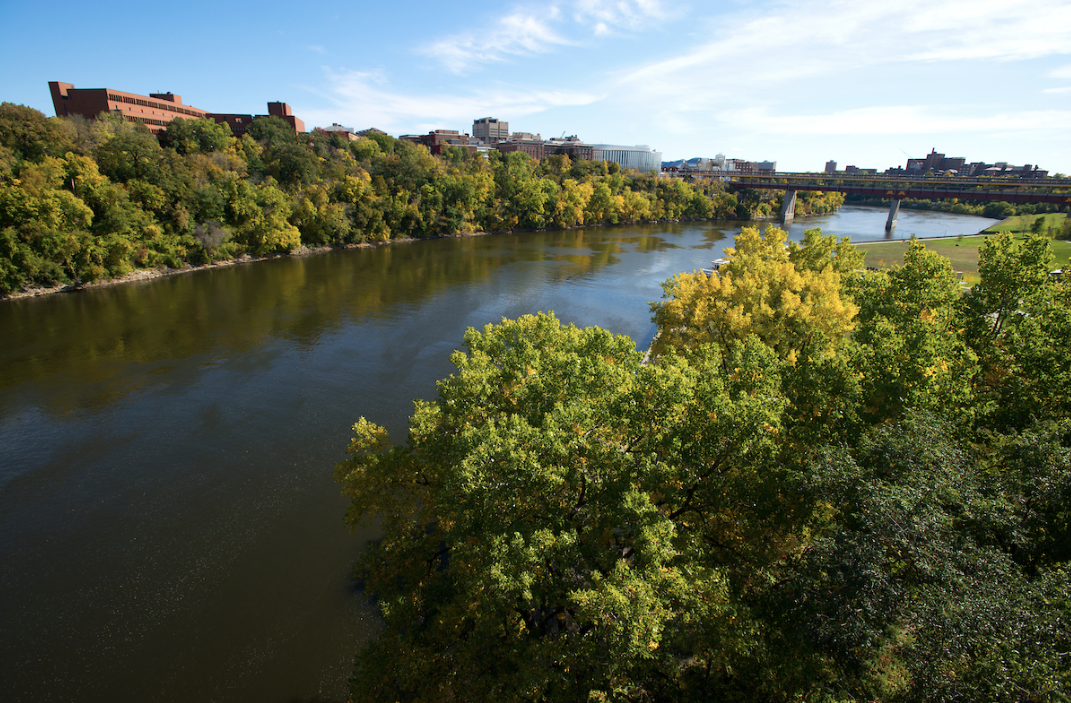
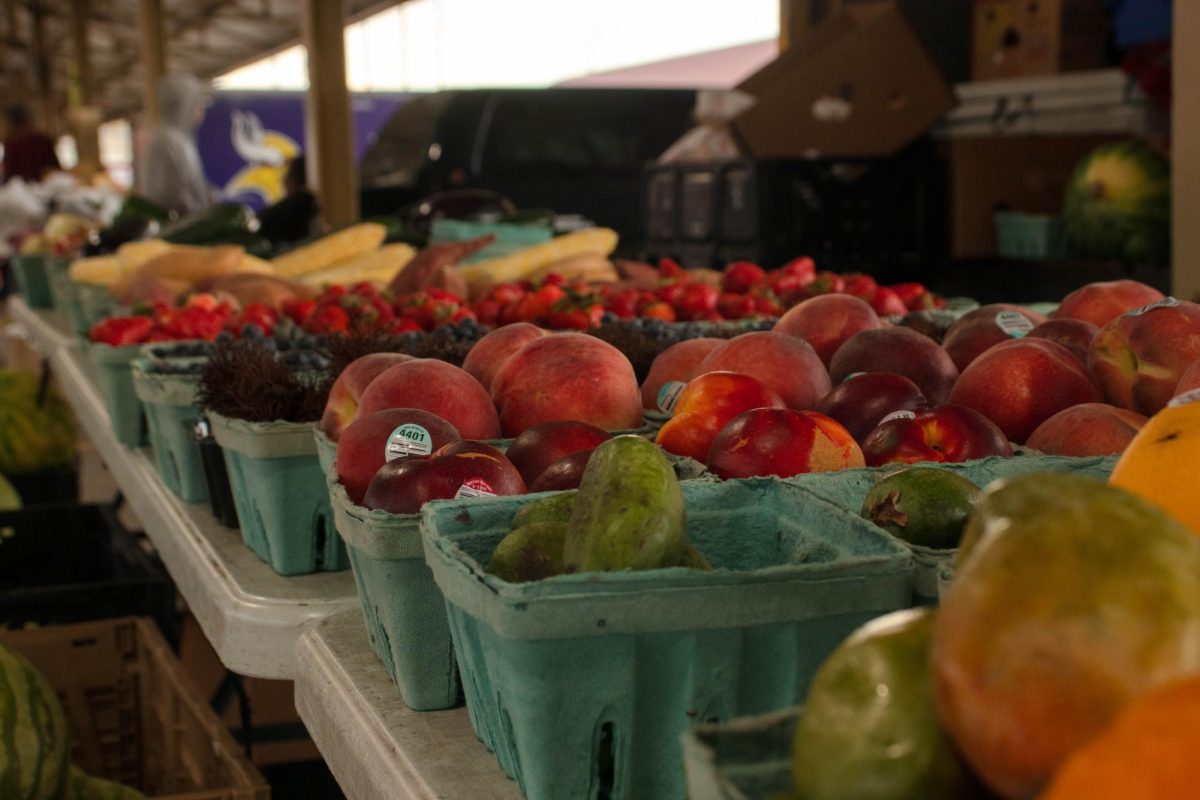
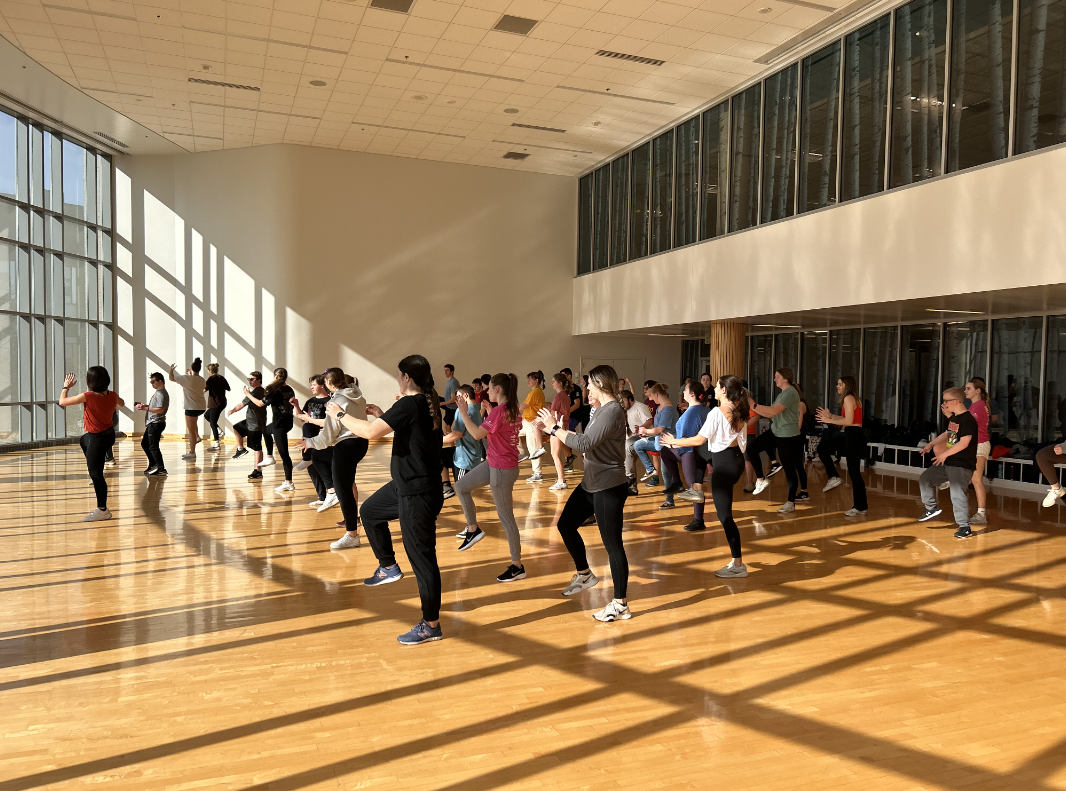
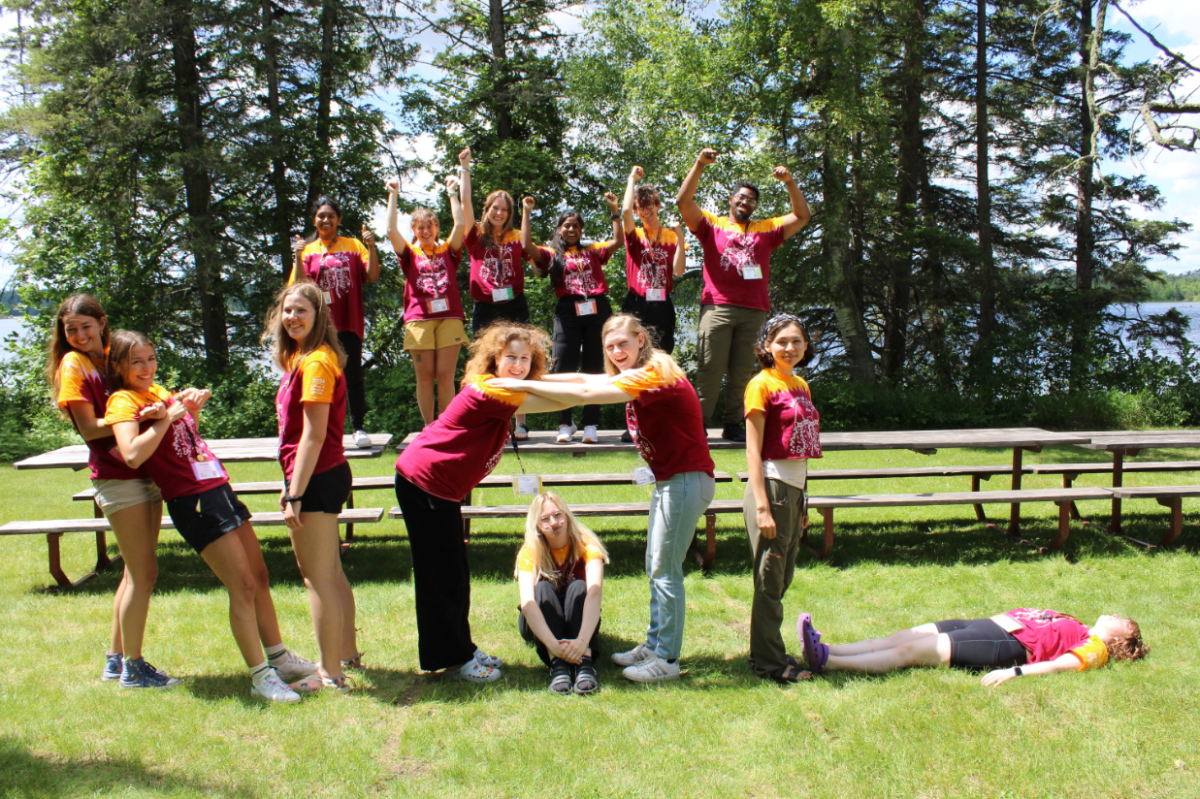
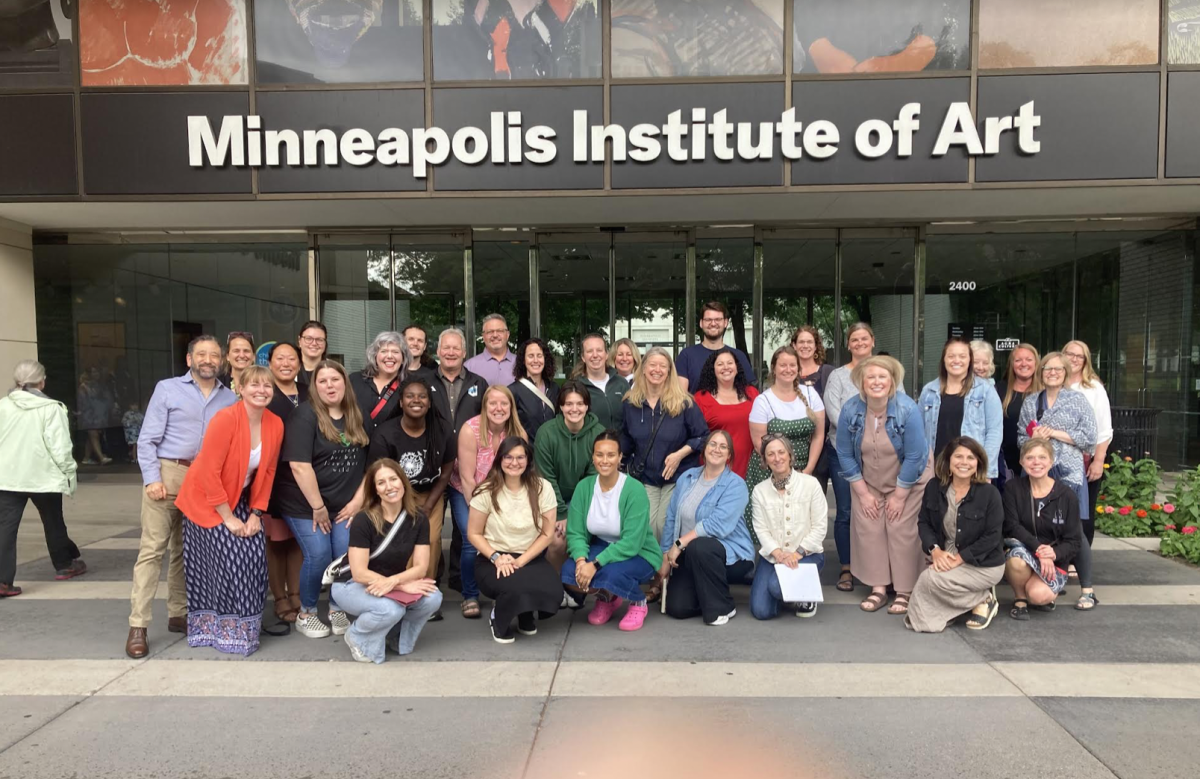
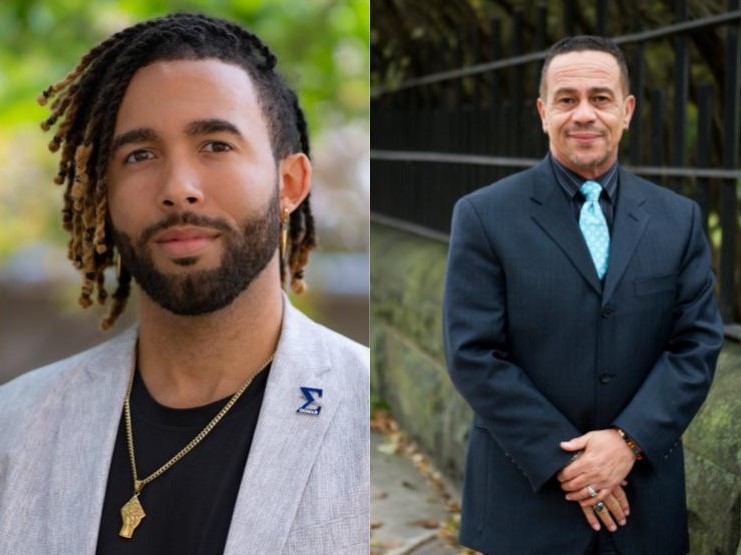

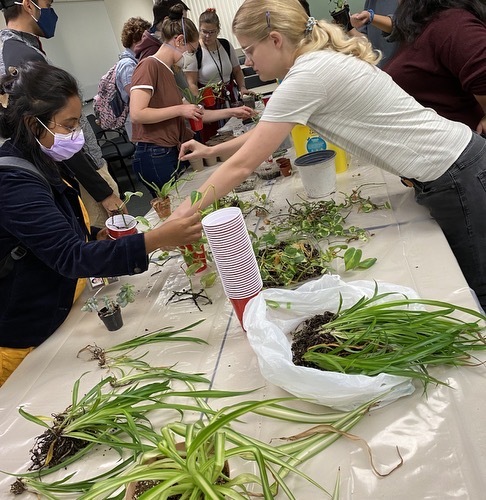
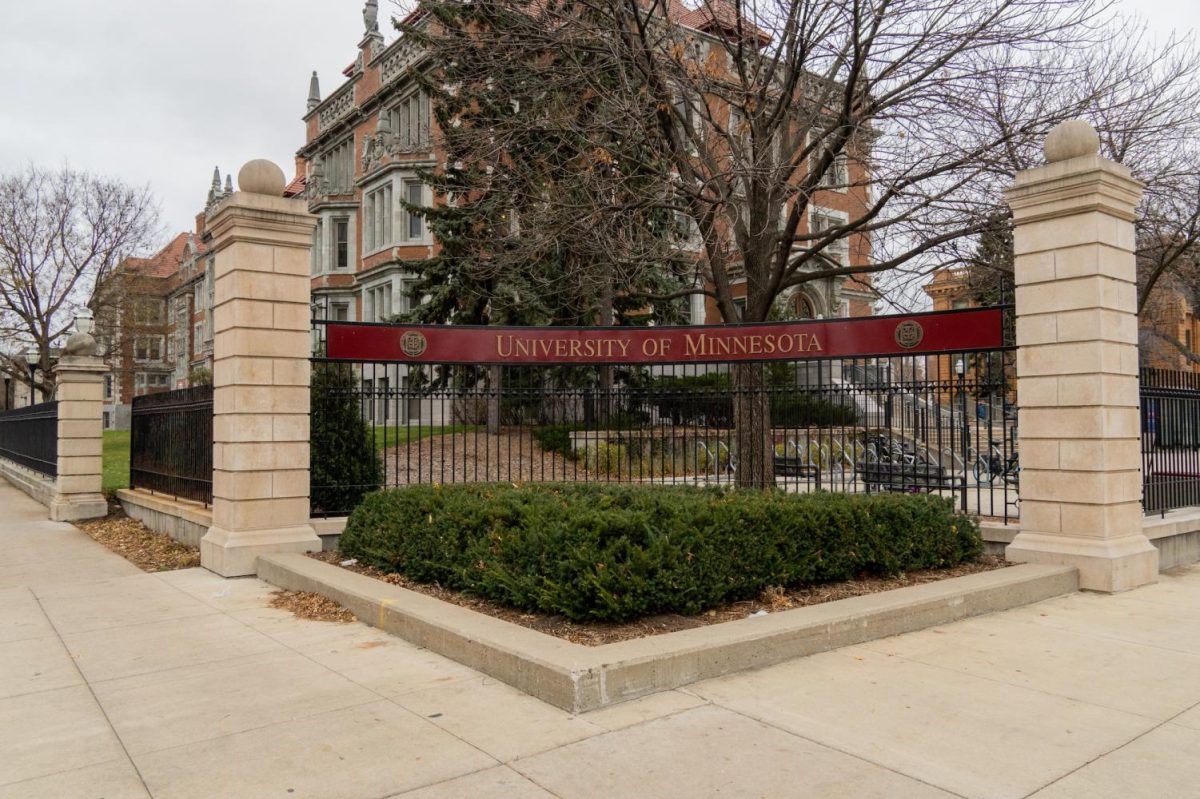

Bobbi Miller
Nov 27, 2023 at 8:02 am
So, what’s the plan for the truck traffic, along with the numerous 18-wheeler’s that regularly use I-94? I don’t think you want to see them cruising down any multi-purpose boulevard described in this plan. I-94 is a VERY heavily used freeway, and I don’t see how any boulevard is going to accommodate all of that traffic in any kind of a safe manner. Pushing the traffic to our other freeways is not the answer either.
Alex Burns
Nov 21, 2023 at 5:20 pm
Thanks for the comment Burke. This project is an opportunity to do exactly that, repurpose highway land that poisons surrounding communities to create new affordable housing, business space and parks, including for unhoused folks! Either way, hundreds of millions will be spent on the highway, why not leverage those dollars to prioritize those who need it most?
Burke Zimmerman
Nov 20, 2023 at 3:12 pm
I would rather put the money into dormitory/barracks/bachelor housing for the folks hanging on the intersections in that corridor. Transient housing for unhoused folks. That would help my
community. This is a waste of money.